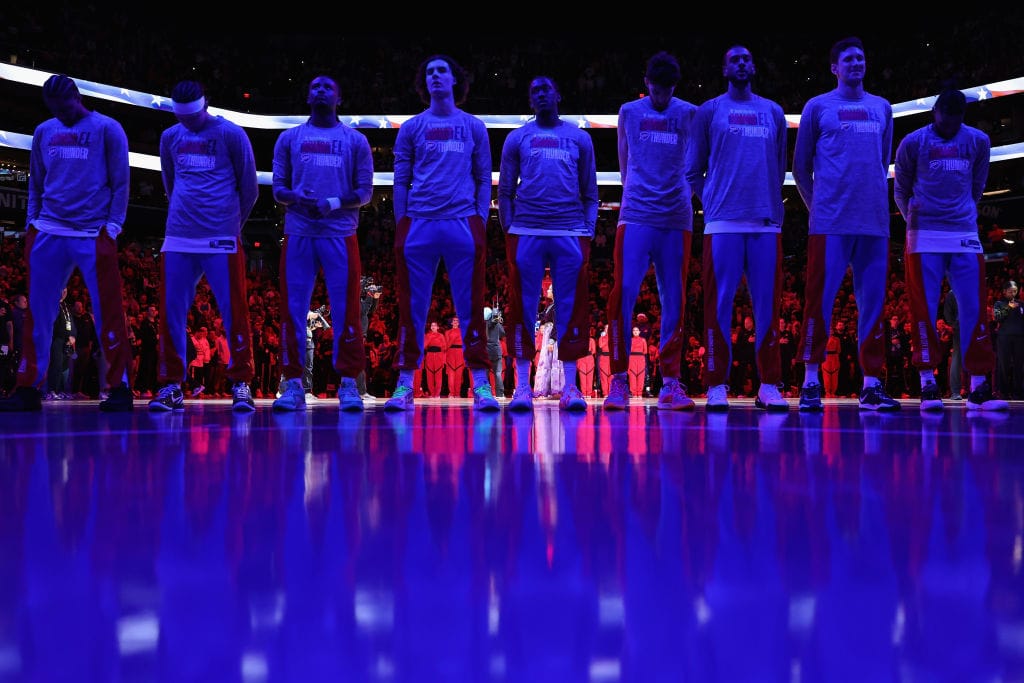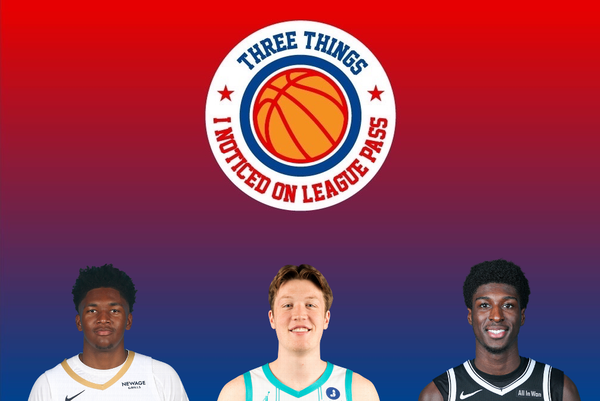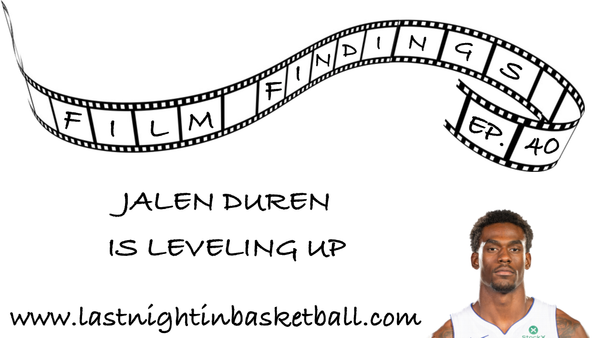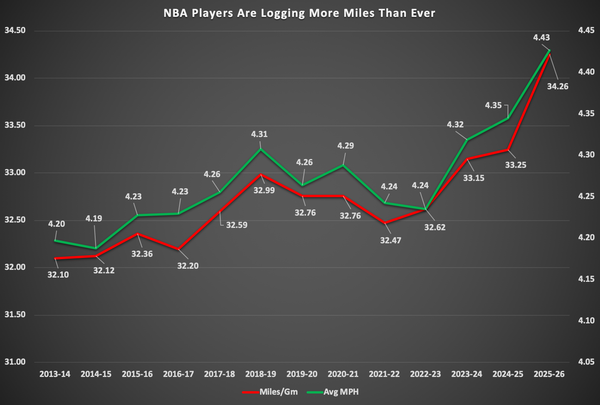Is the Thunder's rebounding issue a fatal flaw?
OKC is a bottom-three rebounding team on both sides of the ball

OKC is a bottom-three rebounding team on both sides of the ball


Answering your questions

Hit the jump for the latest edition of Three Things, starring Derik Queen, Kon Knueppel, and Drake Powell.

Last Night, In Basketball is an independent publication that provides in-depth analysis of what actually happens on the court — covering all 30 teams, throughout the entire season and offseason. The website and newsletter also depend on reader support. Purchasing a paid subscription gets you access to features like Three Things

Last Night, In Basketball is an independent publication that provides in-depth analysis of what actually happens on the court — covering all 30 teams, throughout the entire season and offseason. The website and newsletter also depend on reader support. Purchasing a paid subscription gets you access to features like Three Things